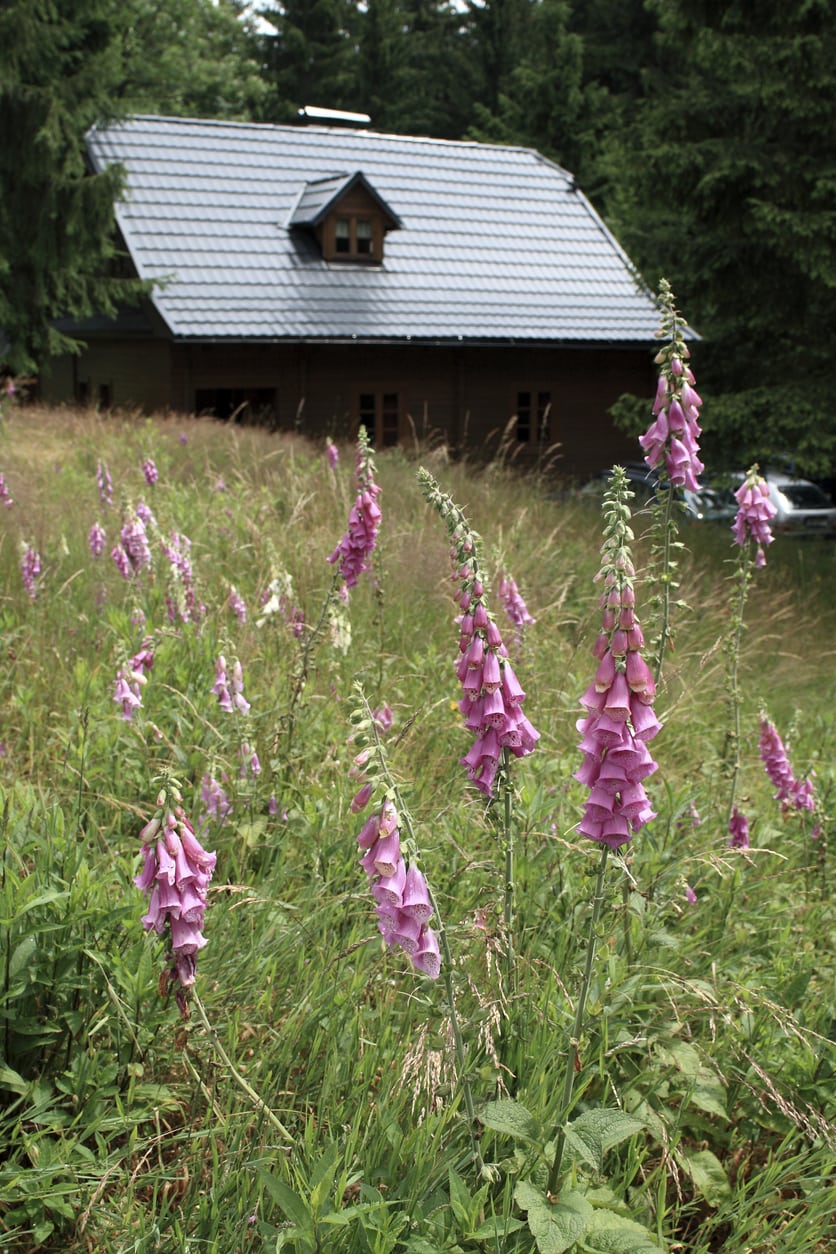Supporting Foxglove Plants – Tips For Staking Foxgloves That Get Too Tall


The addition of flowers is an excellent way to add rich color and interesting textures to home landscaping beds and ornamental container plantings. As seen in many cottage gardens, flowers such as foxgloves easily add height and dramatic appeal to borders. However, planning and planting a beautiful flower garden (from transplants or from seed) does require some careful thought and consideration directly related to the specific needs of the grower’s own garden. Foxgloves are gorgeous biennial flowers that come in wide range of colors. Though some cultivars are perennial, all types of foxglove have one thing in common – they are extremely toxic. These plants should never be made accessible to children, pets, or any other individuals of special concern. Always handle these plant materials carefully. With that said, there’s another thing to consider – staking.
Do You Need to Stake Foxgloves?
Due to the wide variation in available cultivars, many growers may be left wondering about foxglove flower support. Although dwarf varieties of foxglove are very common, others may reach heights as tall as 6 feet (2 m.). However, even these great heights may not necessarily mean the need to stake the plants, as conditions may vary greatly from one garden to another. Most often, adverse weather conditions cause the tall flower stalks to break or topple over. Events such as high winds, hail, or even just periods of heavy rainfall are prime examples. Gardeners growing in areas which frequently experience these conditions may want to make the effort to prevent storm damage by staking the plants. In addition to weather, over-fertilization may cause these plants to flop.
How to Stake Foxgloves
For growers who choose to do so, there are several options when supporting foxglove plants. Many gardeners choose to use grow-through type supports for these flowers. Examples of grow-through supports include tomato cages, as well as those which have been specifically designed for use with perennial flowering plants. These supports are placed at the beginning of the spring season, before the plants have started their active growth. Foxglove flower support may also be used after damage has already occurred. As long as the flower spikes have not been broken, smashed, or snapped, it may be possible to support them using garden stakes. Most commonly, bamboo stakes are inserted into the ground and the foxglove flower is gently tied to the stake. While not ideal, this method of staking is a great way to attempt “rescue” of fallen flowers, not only for the beautiful bloom, but to the benefit of pollinators as well. When staking foxgloves, some supports are not noticeable, and many growers prefer to choose a more natural approach to gardening. Carefully planning the flower garden is a great way to ensure that your foxglove plants are less likely to suffer. Interplanting foxgloves with other stronger plants is a great way to support these flowers naturally.
Sign up for the Gardening Know How newsletter today and receive a free copy of our e-book "How to Grow Delicious Tomatoes".

Tonya Barnett has been gardening for 13 years. Flowers are her passion. She has transformed her backyard into a cut flower garden, which she regularly chronicles on her YouTube channel http://www.youtube.com/@tonyawiththeflowers.